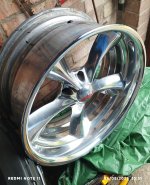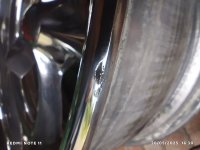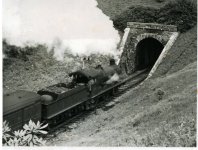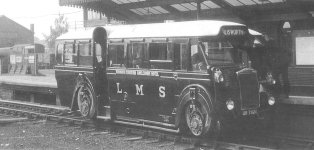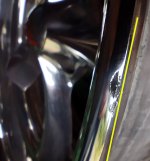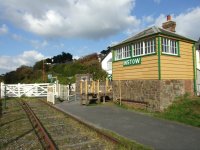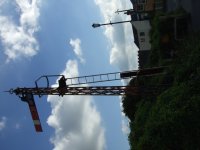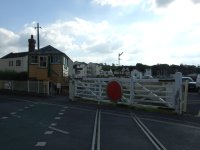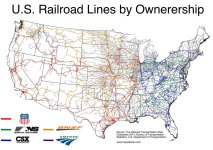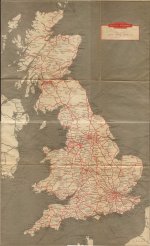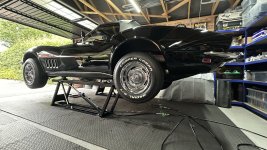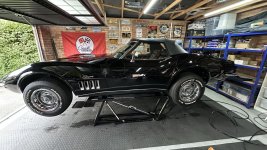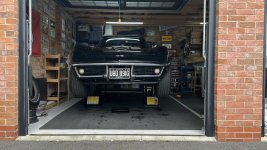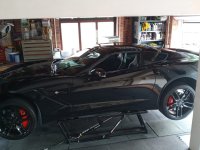Roscobbc
Moderator
Thinking back on the 'event' the amount of 'twanging', 'pinging' and general 'springy' noises coming from the from wheel were quite alarming......I fully expected the wheel to be totally destroyed......in fact given the vibration, trail of rubber smoke following me and the shagged tyre flapping around I realised that keeping going (to a safe place) was the wise thing to do given the circumstance with perhaps centrifugal force keeping the remains of the tyre on the rim. I'm still amazed the lack of damage. I reckon' if that wheel rim had been cast alloy it would have possibly cracked or shattered.......but being a spun 'rim' with solid cast alloy centre (and like a steel rim) there was a fair abount of flexibility and 'give' which perhaps saved it.Well.........the plan early this morning was to meet-up with 15/16 other Essex regional members and cruise over to the annual Stow Maries WW1 historic aerodrome's 'Wings and Wheels' event and be part of the classic car display (organised by joint reps Andy and Mark) in deepest Essex.
However, I didn't actually get there after this occured to the drivers-side front tyre. Seems that I may have picked-up a nail or something and its gradual deflation went un-noticed until the smell of burning rubber in the cabin gave a clue. Perhaps a hazard of using modern lower profile tyres.
Made worse with zero hard shoulder on the A12, few lay-bys to pull onto and soft gravel/turf verges. I had to exit a few miles further on an already wrecked tyre. Amazing thewheel only has a few scratches and digs which should hopefully dress-out ok.
View attachment 30359
Angle ground the remains of the tyre off - an initial clean and polish of the damage.......and it seem that a carefull job with some swiss files will tidy things-up and the damage will barely be visible once a tyre is fitted!
